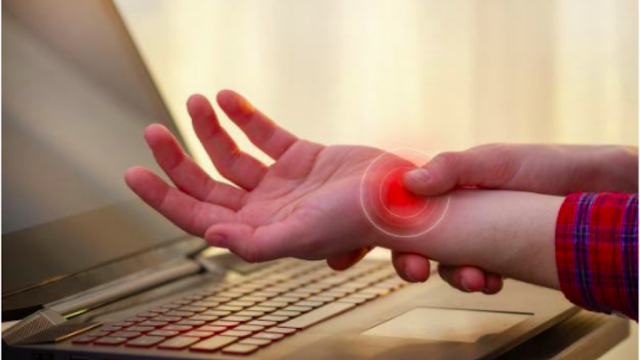What is Orthopaedic Shoes? Benefits of wearing Orthopaedic Footwear
Your shoes contribute to your daily well-being only if you have chosen them adapted to your needs. Otherwise, they can cause lesions and accentuate pathologies. And even lead to complications for other parts of the body such as the knees and back. A well-fitting footwear plays a vital role in keeping people mobile and pain free. However wearing appropriate shoes is sometimes not enough for people with certain foot conditions and foot types. If you have a foot or toe deformity, a complicated or severe foot injury, extremely wide bunions, an open sore, or a neurological disease that affects your feet you may require orthopaedic shoes.
When people think of orthopaedic shoes they often associate them with older people who have foot or medical problems and need to wear shoes of this type. In reality though, orthopaedic shoes are worn by people of all ages who suffer from poor foot mechanics as they are specifically designed to support the structure and mechanics of the foot, ankle and leg.
As people age, parts of their body begin to break down, so often older people require orthopaedic shoes. However, orthopaedic shoes aren’t just for seniors. Poor foot mechanics affect people of all ages so orthopaedic shoes are often recommended for young people too. Fortunately, orthopaedic shoes have come a long way from the clunky, black styles of years past. Today, there are a number of relatively stylish options available for people of all ages and fashion tastes.
There are certain characteristics, or design features, of orthopaedic shoes which sets them apart from regular shoes:
1. Removable insole - this is important as many people upgrade to orthotics, diabetic insoles and custom orthotics.
2. Extra widths and more sizing options.
3. Uppers that can accommodate forefoot problems eg: hammertoes or bunions.
4. Easy to fasten - often if people have problems with their feet they will have problems with mobility, flexibility and even problems with their hands, in case they have arthritis for example. Most orthopaedic shoes favor a hook-and-loop closure for this reason.
5. Seamless uppers with no areas that might cause rubbing or abrasion.
6. A firm and supportive heel to support the rear of the foot.
7. A well cushioned and strong out-sole and midsole with defined flex points and impact absorption properties.
8. Available in a variety of widths and shapes to ensure they properly fit a variety of foot shapes.
9. A firm heel counter.
Failing to give your feet the support that they need can lead to painful foot problems like plantar fasciitis or flat feet. Over time, the discomfort caused by these conditions can limit your mobility. Unfortunately, the longer these conditions are left untreated, the worse the pain and discomfort are likely to become.
We can also get certain benefits from wearing orthopaedic footwears such as:
1. Excellent support to the feet. 2. Enhanced Circulation. 3. Less Pain in the Feet. 4. Possibility of healing foot related issues. 5. Better Mobility.
Orthopaedic shoes do a lot more than just support the arches. They help cushion the entire foot, providing it with the support that it needs.They can even correct problems with foot alignment, minimizing pain and keeping any existing problems from getting worse. By wearing orthopaedic shoes consistently, the amount of pain that you experience in your feet can significantly improve.


Comments
Post a Comment